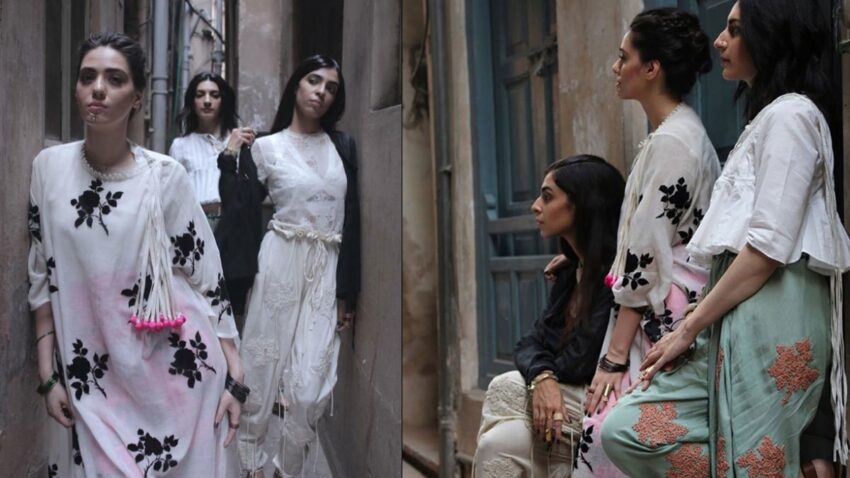Introduction
In today’s fast-paced fashion industry, sustainability has become a buzzword, and for good reason. The environmental and social impacts of the fashion industry are immense, from excessive water use to toxic chemicals and poor labor conditions. Building an eco-friendly wardrobe is not just a trend; it’s a responsible choice that can help you reduce your carbon footprint and promote positive change in the industry. In this ultimate guide to sustainable fashion, we’ll walk you through the steps to build a brand-new wardrobe that reflects your style and values like sp5der.
Educate Yourself
Before embarking on your sustainable fashion journey, it’s crucial to understand the key issues in the industry. Familiarize yourself with terms like fast fashion spider tracksuit, ethical fashion, sustainable materials, and fair trade. This knowledge will empower you to make informed choices as a conscious consumer.
Declutter and Donate
The first step in building an eco-friendly wardrobe is to declutter your existing one. Sort through your clothes and decide which items you no longer need. Consider donating or selling gently used clothing to extend their life cycle. Decluttering reduces waste and makes space for sustainable additions.
Buy Less, Choose Quality
Sustainable fashion starts with buying less and choosing quality over quantity. Invest in timeless, well-made pieces that are versatile and built to last. Look for brands that prioritize durability and craftsmanship.
Opt for Sustainable Materials
Select clothing made from sustainable materials such as organic cotton, Tencel, hemp, recycled polyester, and sustainable wool. These materials have a lower environmental impact and are often better for your skin.
Embrace Secondhand Shopping
Thrifting and vintage shopping are excellent ways to build an eco-friendly wardrobe. Secondhand clothing not only reduces waste but also allows you to discover unique, one-of-a-kind pieces. Explore thrift stores, consignment shops, and online vintage marketplaces.
Support Ethical Brands
Choose to support brands that prioritize ethical practices. Look for companies that pay fair wages, provide safe working conditions, and promote transparency. Various certifications, like Fair Trade or B Corp, can help you identify such brands.
Practice the 30-Wear Rule
Before buying an item, ask yourself if you can commit to wearing it at least 30 times. This rule encourages mindful consumption and helps you build a wardrobe that truly reflects your style.
Repair and Upcycle
Instead of discarding damaged clothing, learn basic sewing and mending skills. Repairing your garments or upcycling them into something new can extend their life and reduce your overall clothing waste.
Choose Versatility
Select pieces that can be mixed and matched with other items in your wardrobe. Versatile clothing allows you to create a wide range of outfits with fewer pieces, reducing the need for constant new purchases.
Recycle and Dispose Responsibly
When clothing reaches the end of its life, make sure to recycle or dispose of it responsibly. Many brands and organizations offer textile recycling programs that can give new life to old clothes.
Consider Eco-Friendly Accessories
Don’t forget about accessories. Look for sustainable options such as eco-friendly handbags, belts, and jewelry made from recycled materials or sustainable resources.
Be a Conscious Shopper
When you do shop for new clothing, ask questions, read labels, and do your research. Support brands that align with your values and contribute positively to the environment and society.
Conclusion
Building an eco-friendly wardrobe is not about sacrificing style; it’s about making conscious choices that benefit the planet and future generations. By following the steps outlined in this ultimate guide to sustainable fashion, you can curate a wardrobe that reflects your individuality while minimizing your environmental footprint. Join the sustainable fashion movement, and be a part of the positive change in the industry. Your wardrobe choices have the power to make a difference.

